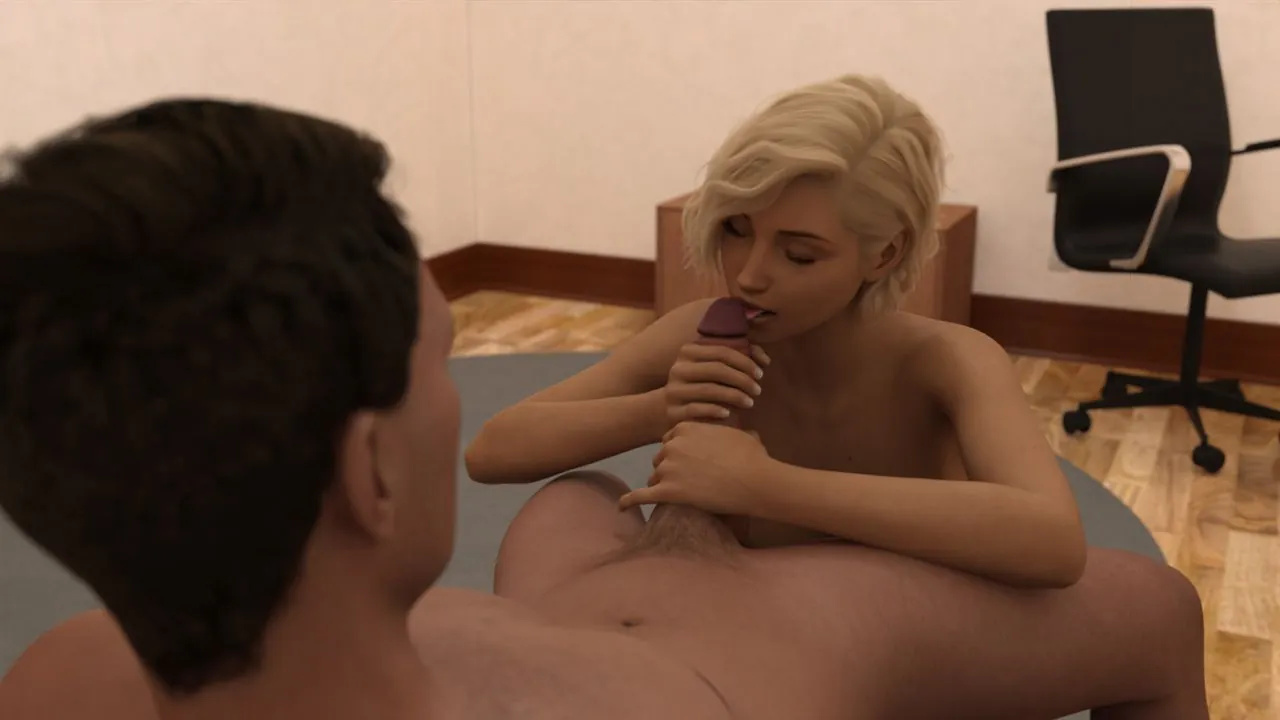
One Night Stand
Play One Night Stand
One Night Stand review
Explore Gameplay, Features, and Tips for One Night Stand
One Night Stand is a unique interactive game that immerses players in a narrative-driven experience centered around a single evening encounter. This guide dives into the game’s core mechanics, storyline, and strategies to help you navigate its choices effectively. Whether you’re new or looking to deepen your understanding, this article offers practical advice and personal insights to enhance your gameplay with One Night Stand.
Understanding One Night Stand: Gameplay and Storyline
So you wake up in a strange room, with a pounding headache and absolutely zero memory of how you got there. 😵 Next to you, a complete stranger is still asleep. Your phone is dead, your clothes are scattered, and you have one clear mission: figure out what happened last night. This is the brilliantly awkward and relatable premise of the One Night Stand game, an experience that turns a potentially cringe-worthy scenario into a captivating interactive narrative.
This isn’t your typical high-octane adventure; it’s a quiet, thoughtful exploration of a single moment in time. The core of the One Night Stand gameplay is built on observation and conversation. You’ll click around the room, examining objects for clues, and, most importantly, you’ll talk to the person you just spent the night with. Every line of dialogue, every object you pick up, and even the things you choose to ignore directly shape your path forward. It’s a masterclass in how small moments can build a powerful story.
What is One Night Stand Game About? 🛌
At its heart, the One Night Stand storyline is a mystery of human connection. You play as yourself, navigating the delicate and often hilarious aftermath of a drunken encounter. The goal isn’t to fight monsters or solve a grand conspiracy; it’s to piece together your own memory and navigate a socially complex situation with grace (or without it!).
The woman you wake up next to is the key to everything. Her name, her personality, and her feelings about you are all revealed through your interactions. The game presents you with a series of dialogue options and actions, from the polite and cautious to the blunt and downright rude. 🗣️
I remember my first playthrough, I chose what I thought was a harmless, joking comment about the situation. The woman’s face immediately fell, her posture changed, and she gave a short, cold reply. The entire mood of the room shifted in an instant. I felt genuinely terrible! That’s the power of this interactive narrative game; your choices carry emotional weight.
You’ll learn about her life, her job, and what she’s looking for, all while trying to subtly figure out if you two actually had a good time or if this was a colossal mistake. The beauty of this One Night Stand game is that there is no single “correct” story. There are multiple truths, and which one you discover is entirely up to you.
Key Gameplay Mechanics Explained 🎮
The gameplay mechanics in this title are elegantly simple, putting the focus squarely on the narrative. You don’t have an inventory to manage or complex puzzles to solve. Instead, you have a cursor and a world of subtle interactions.
The primary mechanics are:
- Point-and-Click Exploration: 🖱️ You click on objects in the room to examine them. A book on the nightstand might reveal her interests, a photo might tell you about her family, and a half-empty bottle of wine might just remind you of your throbbing head. These objects aren’t just set dressing; they are clues that can inform your conversation choices.
- Branching Dialogue Trees: Your main tool for shaping the story. When you talk to her, you’re presented with multiple ways to respond. These aren’t always obvious “good” or “bad” choices, but rather different tones and attitudes.
- Timed Responses: ⏱️ Some interactions, especially as the conversation becomes more intense, will give you only a few seconds to choose a response. This creates a sense of realism and pressure, mirroring the anxiety of a real, awkward conversation.
The magic is in how these mechanics intertwine. Finding an object can unlock new, more specific dialogue options, allowing you to steer the conversation in a more personal direction.
| Gameplay Mechanic | Primary Function | Impact on Story |
|---|---|---|
| Object Examination | Gather information about the character and environment. | Unlocks new, more personal dialogue options; provides context for your choices. |
| Dialogue Selection | Determine the tone and direction of the conversation. | Directly influences the woman’s mood and openness, leading to different endings. |
| Silence / Inaction | Choosing not to speak or act. | Can be interpreted as awkwardness, disinterest, or contemplation, altering the dynamic. |
Narrative Choices and Their Impact 💬
This is where the soul of the One Night Stand game truly lies. The game choices impact is immediate and palpable. The game is designed to make you feel the consequences of your words, much like in real life. There is no health bar or morality meter; the feedback is in the character’s facial expressions, her tone of voice, and the direction the conversation takes.
Let me give you a concrete example from one of my playthroughs. Early on, she asks a simple but loaded question: “So… what happens now?” 🤔
I was presented with a few options, including:
* “We should probably just forget this happened.” (The “Clean Break” approach)
* “I had a really nice time.” (The “Potential Romance” approach)
* “Can I see you again?” (The “Full Commitment” approach)
I chose the first option, thinking it was the safest and least awkward path. The result? She nodded quietly, a hint of disappointment in her eyes, and the conversation quickly wound down. I got an ending where we parted ways politely but coldly, likely never to see each other again. It was a perfectly valid, but ultimately hollow, conclusion.
On another try, I chose the second option, “I had a really nice time.” This opened up a completely new branch of the conversation. She smiled, became more engaged, and we started talking about our lives more genuinely. This led to one of the more positive One Night Stand endings, where we exchanged numbers and left the door open for a future date. ☀️
The game choices impact isn’t just about the final scene; it’s about the entire journey. Being curious and kind can lead to a deep, meaningful morning-after conversation, while being dismissive or crude can make it end in minutes. There are numerous One Night Stand endings, from getting thrown out of the apartment to sharing a hopeful goodbye, and even a few secret outcomes for the particularly observant player.
My practical tip for a richer experience? Don’t try to “win.” 🏆 Instead, role-play. Decide what you would genuinely do in that situation on your first playthrough. Be messy, be awkward, be human. Then, on subsequent runs, experiment. Be boldly romantic, or be brutally honest, and see where those paths lead. You’ll be amazed at how much story is packed into this single room and one conversation. The One Night Stand gameplay proves that you don’t need a giant world to tell a powerful story—you just need to make every choice count.
One Night Stand offers a compelling blend of interactive storytelling and meaningful choices that shape your experience. By understanding its gameplay mechanics and narrative structure, players can fully engage with the game’s unique scenarios and outcomes. Whether you seek a straightforward playthrough or a nuanced exploration of its branching paths, this guide equips you with the insights to make the most of your time with One Night Stand. Dive in and discover the many ways your decisions can unfold.










